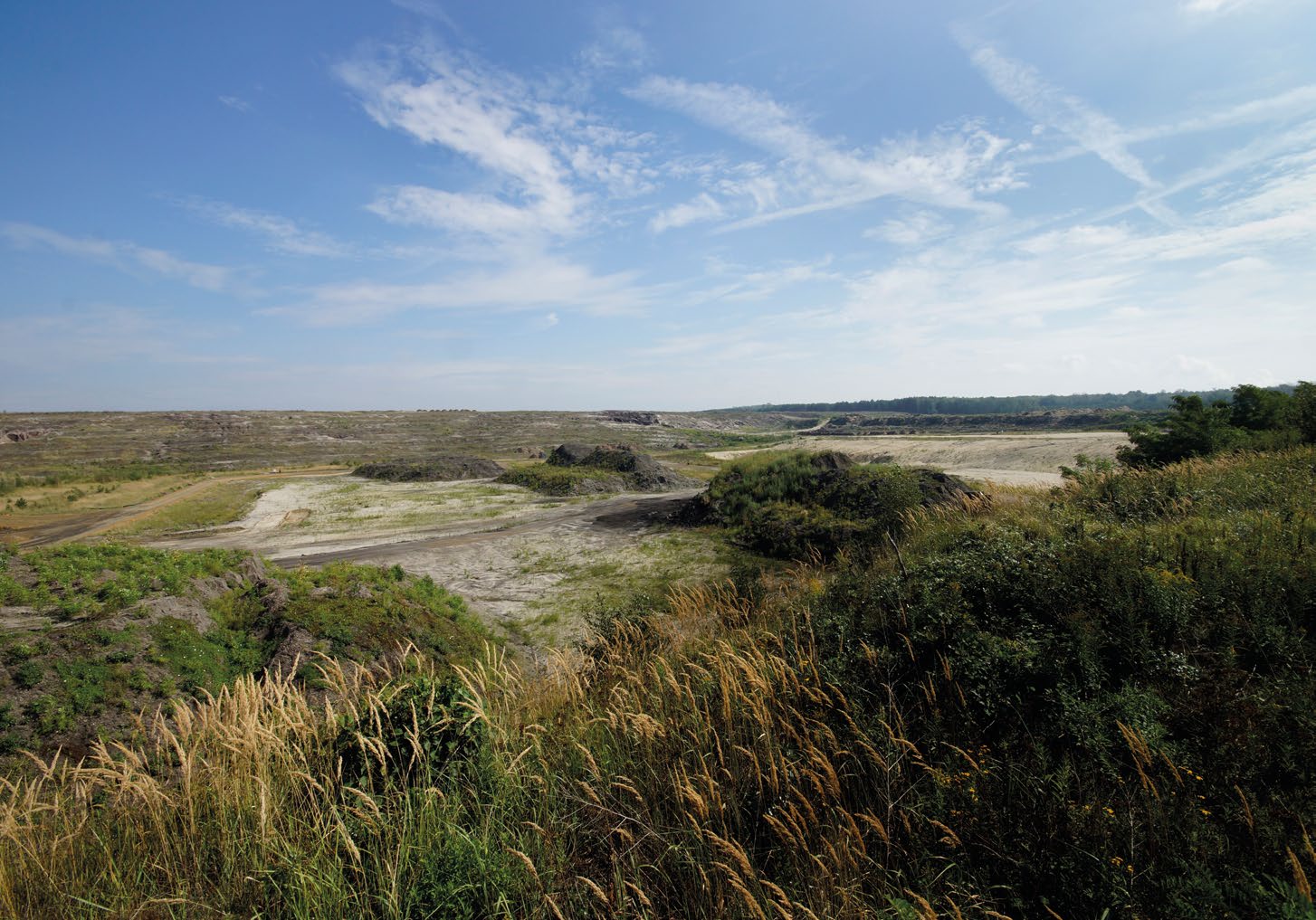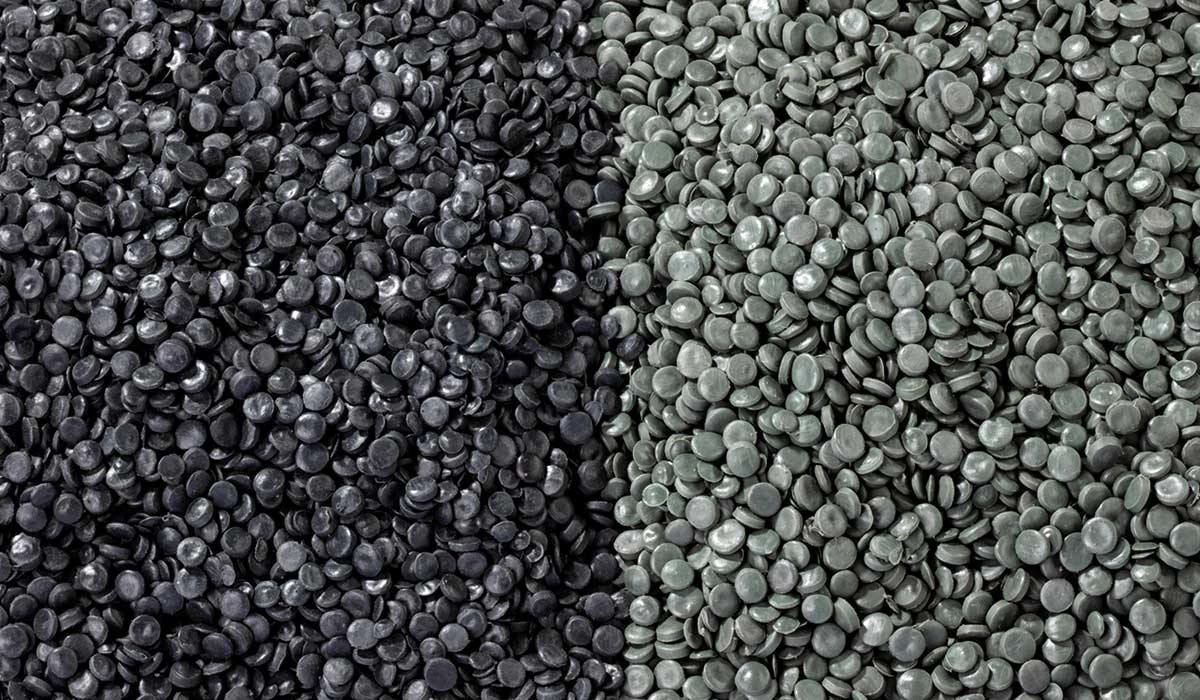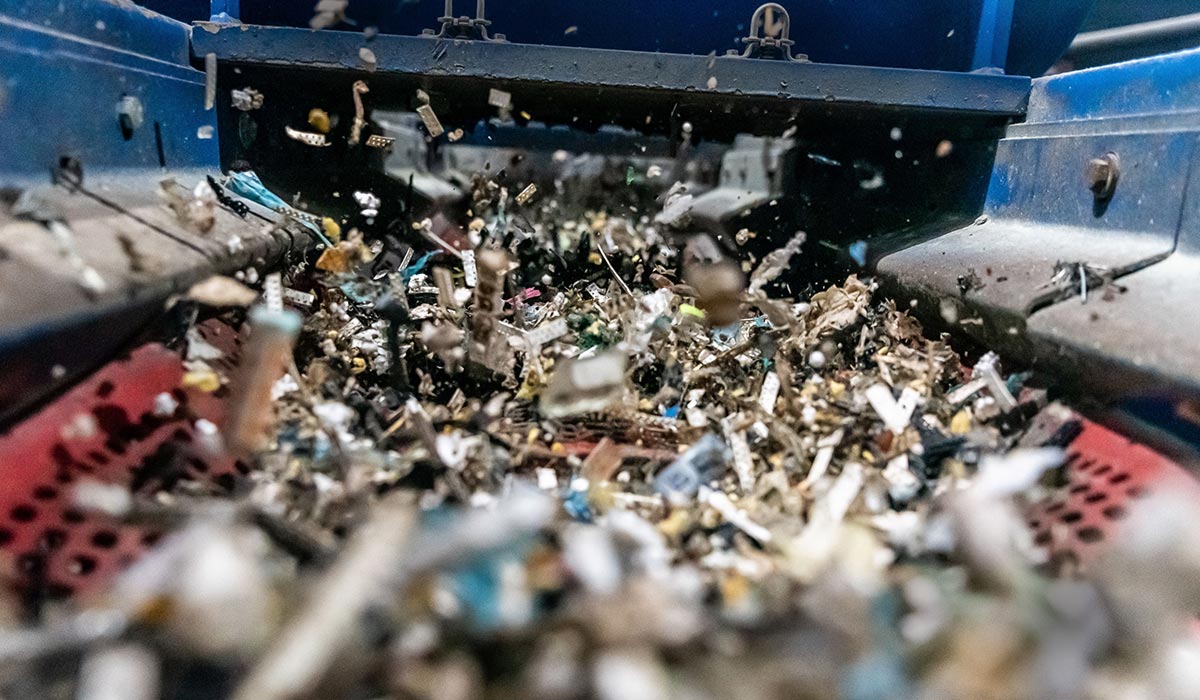
Waste wood part 2: Recycling according to new rules
Waste wood processing according to today's standard
The currently valid Waste Wood Ordinance is being revised and amended. Politicians see the need for an amendment because the previous ordinance, which has been in force since 2002, no longer meets the current requirements for the circular economy. The main focus of the changes is to bring more untreated wood of waste wood class A1 back into the material cycle instead of recycling it thermally. The amendment also includes other changes that bring the recovery of waste wood closer to practice.
In the currently valid Waste Wood Ordinance, the exceedance of the limit values for pollutants is determined by the mean value. This is to change with the amendment of the ordinance. "In the mean value, outliers, i.e. smaller quantities with very high pollutant values, influence the overall value without correctly representing the actual pollution of the waste wood sample in terms of quality. In future, the median is to be used as a basis," says Michalski. If the examined sample is contaminated with outliers, the median is more precise because it is less sensitive to outliers. An example: the length of nine cars and one truck are averaged. Here, the mean value is significantly higher than the usual length of a car due to the much longer lorry. The median takes into account that only one vehicle from this group is significantly longer and the other nine have a lower average length. Therefore, in this example, the median is significantly lower than the mean value.
Wood and cascade use
Wood as a building material plays an important role in minimising the consequences of climate change. Sustainably used commercial forests, in which as much wood is removed as grows back, are natural CO2 stores, as the tree stores the carbon removed from the atmosphere in the wood. The raw material wood therefore contributes to carbon fixation when used over the long term, especially through cascade use. The term "cascade use" is understood to mean the multiple use of a raw material over several stages. If possible, wood should be used as a material in a first step. In 2012, around 52.3 million cubic metres of wood were harvested in Germany. In 2010, the volume of waste wood traded was 8.1 million tonnes, 9 percent of which was used internally. About one fifth of the waste wood goes to waste wood processors and a good three quarters is sold directly to the end users. Sales via the waste management companies to final recyclers are mainly to domestic customers. From the German disposal system, 19 percent of the waste wood goes to the chipboard industry and 78 percent to energy recovery.
"The draft amendment contains many practical examples," also says Dieter Uffmann, Chairman of the Board of the Federal Association of Waste Wood Processors and Recyclers (BAV), in an interview with "Holz-Zentralblatt". As an example, Uffmann points to the Federal Environment Ministry's prospect of abolishing batch storage. This obligation to release a quantity of 500 megagrams for recycling only after an analysis poses major practical problems for smaller waste wood processors in particular if they want to comply with the obligation to recycle material in the future. The storage space required for this would hardly be available at many medium-sized companies. The current recycling quota of 10 percent is to be quadrupled by the planned amendment. The background to this is the Closed Substance Cycle Waste Management Act, which in principle gives reuse priority over thermal recycling.
Load and classification
The pollutant load of waste wood stems partly from the coatings or wood preservatives, partly also from commercial use. The ordinance distinguishes between four waste wood classes:
- AI: natural old wood
- AII: treated waste wood (painted, lacquered, etc.)
- AIII: Waste wood with organohalogen compounds in the coating
- AIV: waste wood treated with wood preservatives
For A4 waste wood, the storage area must additionally be provided with AWSV floors for waste water protection and the storage area must be roofed.
The amendment of the Waste Wood Ordinance aims to bring more untreated wood of waste wood class A1 back into the material cycle.
In the Waste Wood Ordinance, heavy metals, halogens, PCBs and PCPs are used as a basis for determining the pollutant class. "It depends very much on the use and application by the respective customers how contaminated the delivered wood is," Christian Michalski knows from experience.
Amendment and economic efficiency
Of course, in the future it would be possible to isolate clean waste wood from the contaminated batches using sorting techniques from the currently mixed waste wood of classes A2I and A3 and to recycle it. But is this economical? After all, the additional sorting effort requires investment in personnel and technology, and additional space is needed to store waste wood separately for the respective recycling purpose. In any case, the costs for A4 waste wood are already high: For A4 waste wood, the storage area must also be equipped with AWSV floors for waste water protection and the storage area must be roofed to prevent the pollutants from being discharged into the sewage system through rain.
Batch management and the sample analysis, which is then used to determine the pollutant content, are reflected in the waste wood processing costs. Ultimately, these higher costs will then have to be paid by the disposing customer. Some political efforts are contradictory. For example, in the case of waste wood - which has always had a previous use - the amendment is intended to introduce a greater obligation to recycle materials.
For on the one hand, renewable energies are promoted - precisely from biomass power plants, from wind and solar energy. On the other hand, the amendment is decisive for the fact that many biomass power plants will have to review their profitability in the future. It is equally contradictory that pellet heating systems in private households are subsidised, while efforts are being made to recycle 40 percent of waste wood. "From our point of view, this needs to be improved again so that we actually take the cycle into account - under realistic conditions," says Michael Wieczorek, state spokesman of the BDE in NRW.

